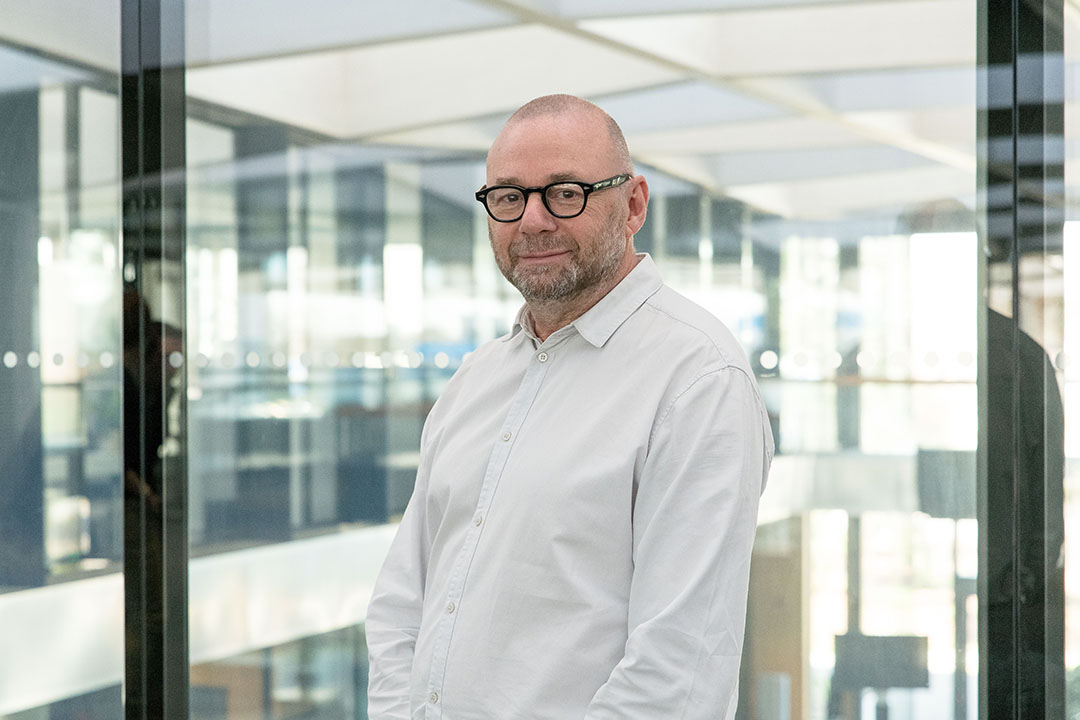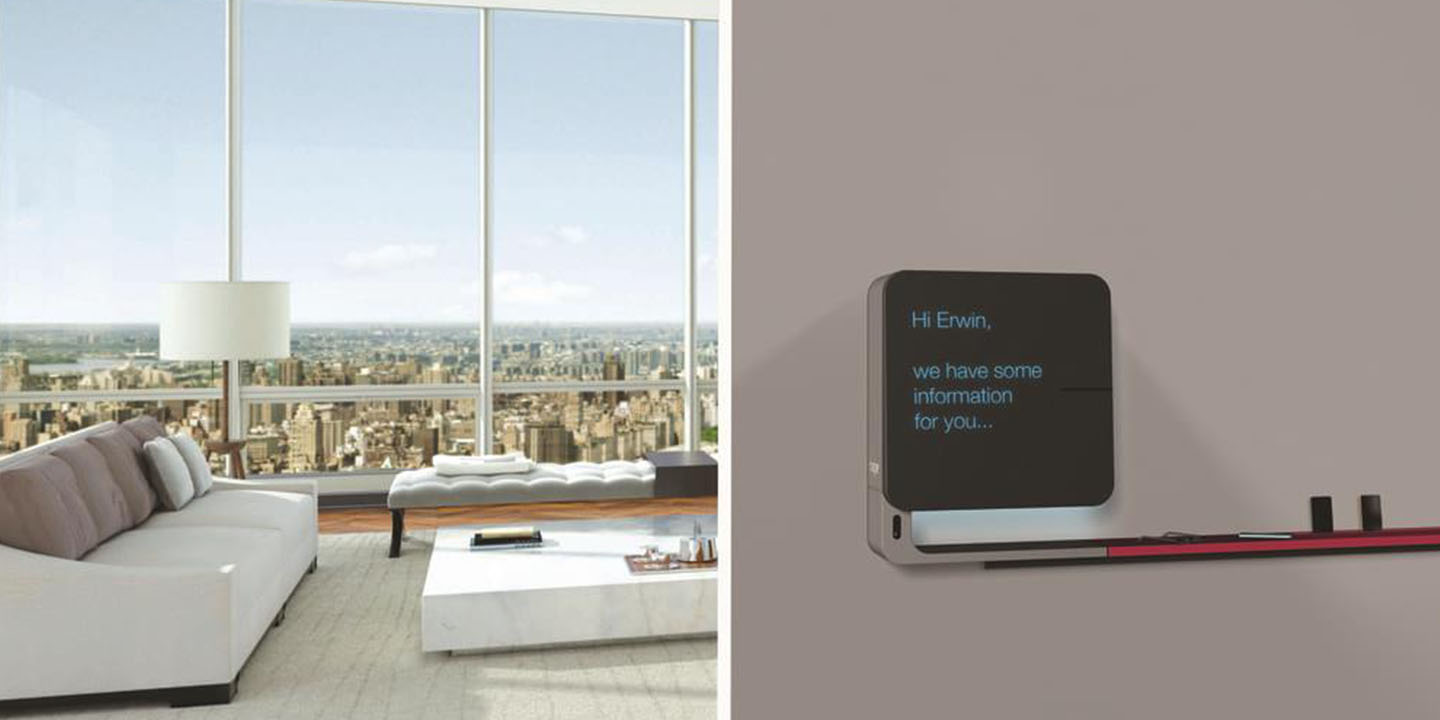31.08.2021
International individual
Regionally, the design of electricity has developed differently over time. Today, a global exchange with many micro-movements is under way, writes Erwin van Handenhoven, Design Studio Director at Hager Group, in a new technical article.
We all know this from our travels: electricity, its visibility, how it runs and what is considered safe varies from country to country just as much as food does. Things are evolving, though: Where Italy was once most likely to serve pizza or spaghetti, you can today order a Wiener schnitzel just as easily. Electricity has developed in a very similar way: ideas are moving from one country to another, and Hager manufacturers are following the trends.
Erwin van Handenhoven, Design Studio Director at Hager Group, is taking a look at the history of regional use of electricity in his article" Electricity supply at home and abroad".
Climate, building styles and materials always have played and continue to play a major role in electricity design. Before 1945, energy management was characterized by a wild mix. Only in the boom years did the infrastructure grow and with it national norms and international standards. The demand for energy grew rapidly and with it the production of coal, water, wind and nuclear power, of diesel and solar. With E3/DC products and photovoltaics, entire building units can become self-sufficient and generate heat, supply docking stations for electric cars as well as electricity for the stove in the kitchen.
We live in an age of electricity and electricians
Even whilst countries are growing closer – such as in the EU – regional differences in electricity distribution remain. In Portugal, the distributor can be found in the living room, in the Netherlands there is a technical room. How openly do we show electricity? Could and can electroculture be exported? Was and is there a demand for cool new products with foreign designs? Are they perceived as safe?
Regionally, there are still differences in design – while screws and brands should be visible in some countries, others prefer to hide them. Ergonomics and user-friendliness are important – and retro design is a big hit, as witnessed by the popularity of the 1930s series of Berker switches.
As dynamics are constantly changing there is a lot to consider. Of the three main areas of electroculture, energy distribution is changing the slowest, with electrical accessories and apps changing daily. One of the great advantages for Hager is that we are permeated by two cultures, French and German, with a strong European vision.
Read the entire article here "Power supply at home and abroad".


